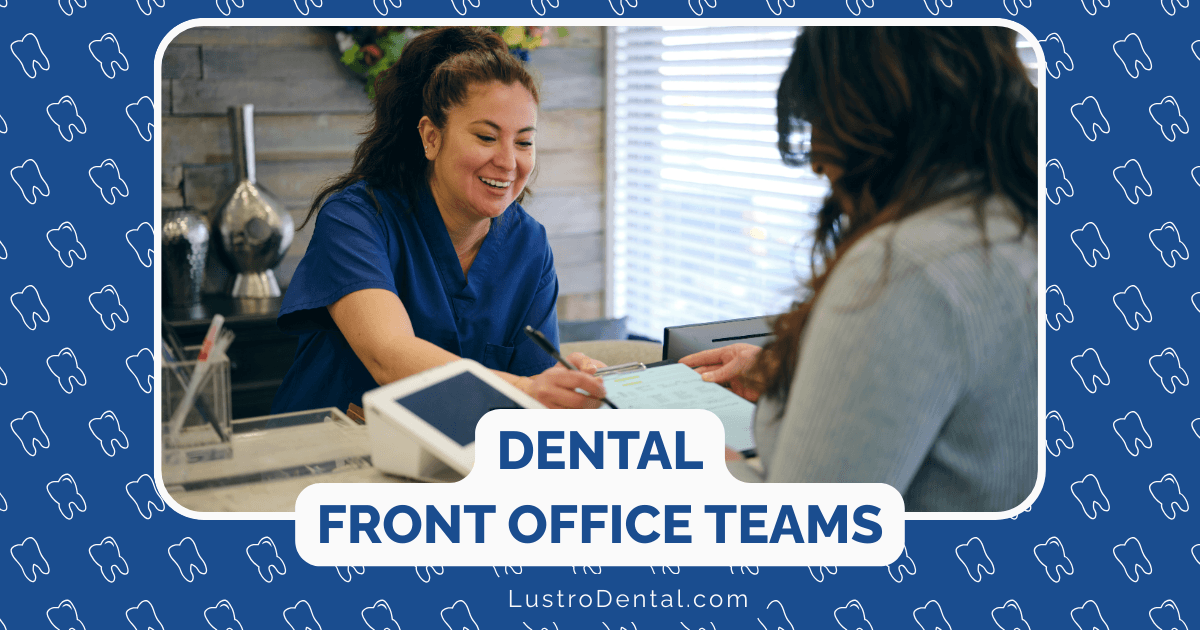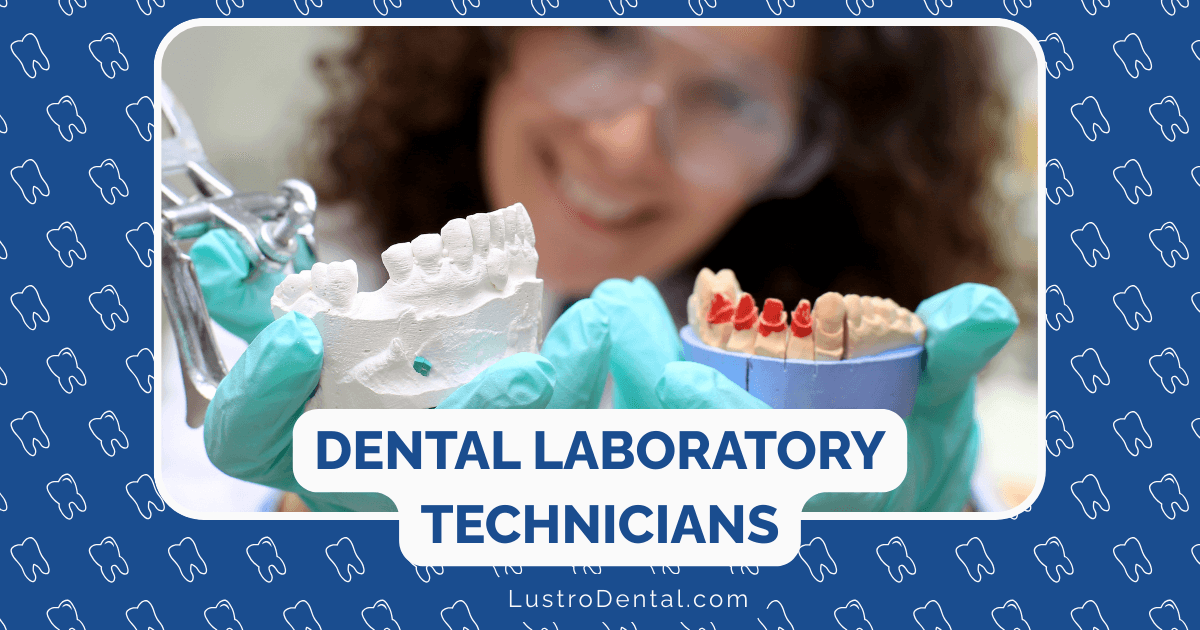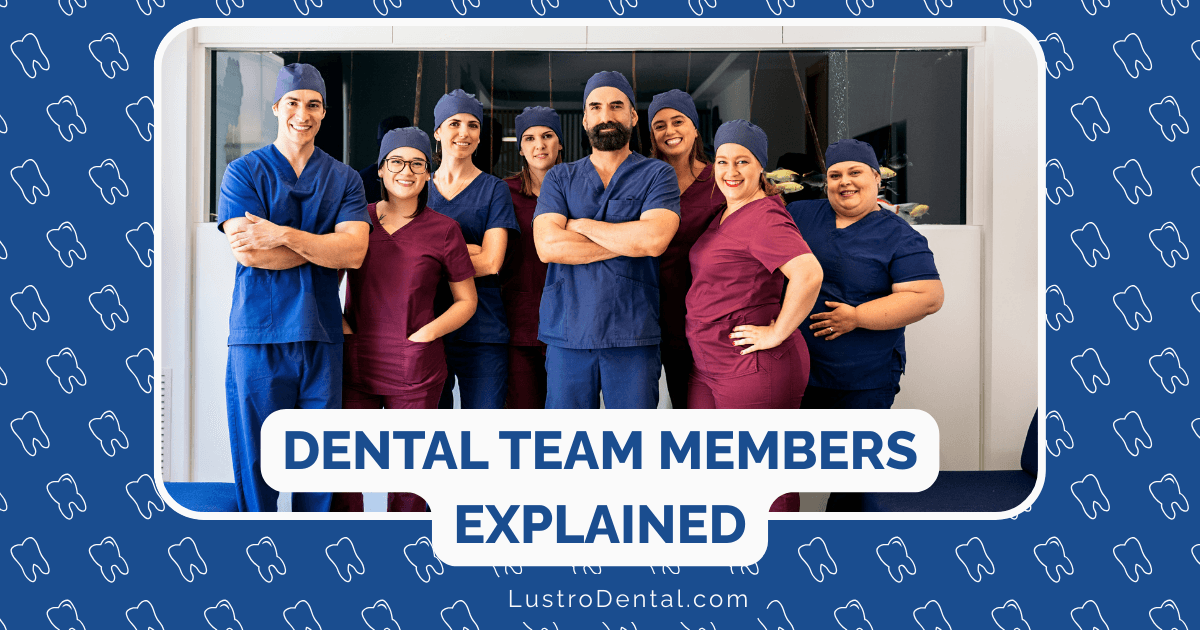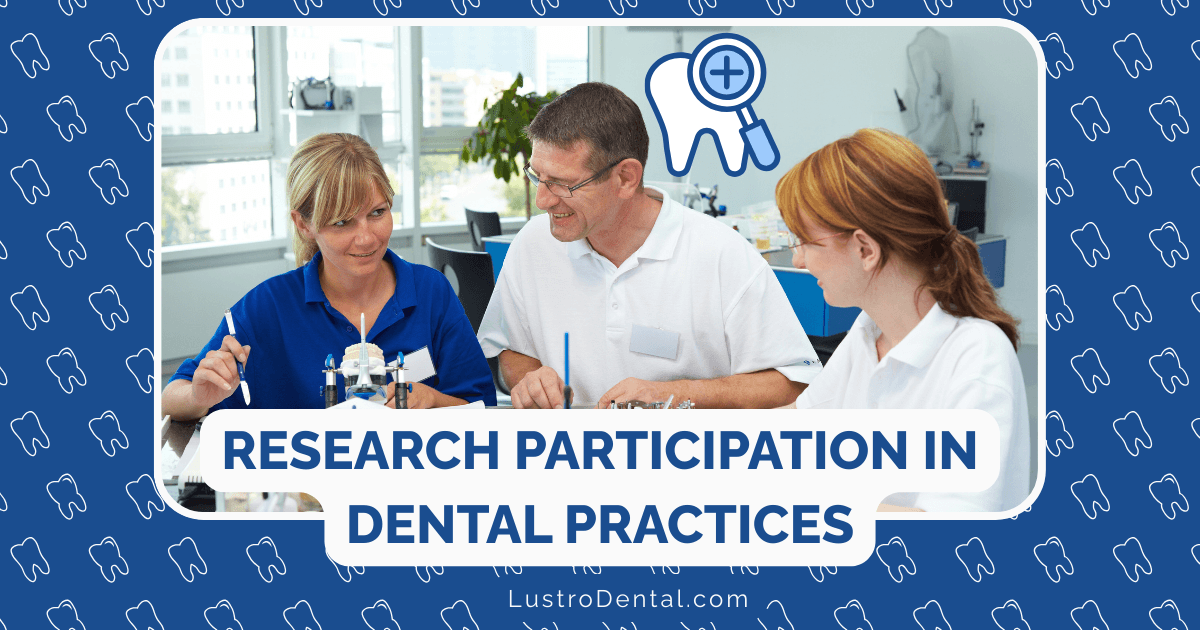Digital Communication with Your Dental Office: Apps and Platforms
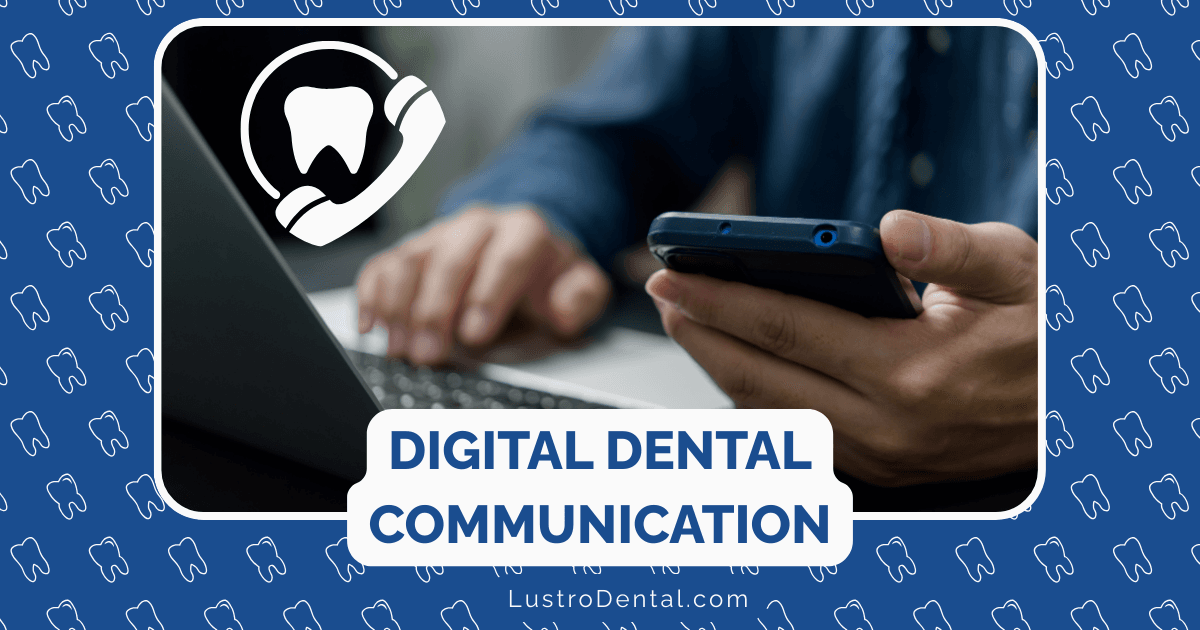
Remember the days of calling your dental office, waiting on hold, and playing phone tag with the receptionist just to schedule a routine cleaning? Those days are rapidly becoming a relic of the past, thanks to the digital revolution in dental communication.
Today’s dental practices are embracing a variety of apps and platforms that make connecting with your dental team as easy as sending a text or tapping an app. According to the American Dental Association, more than 75% of dental practices now use some form of digital communication technology—a number that continues to grow each year.
Let’s explore the digital tools transforming how you interact with your dental office and how you can leverage these technologies for a smoother, more convenient dental care experience.
The Evolution of Dental Communication
The journey from traditional to digital dental communication has been rapid and transformative:
Traditional Communication:
- Phone calls during office hours
- Paper appointment cards
- Mailed reminders and bills
- In-person forms completion
Today’s Digital Communication:
- Two-way texting
- Mobile apps
- Patient portals
- Virtual consultations
- Automated reminders
- Online scheduling
- Digital forms
Dr. Sarah Chen, a digital dentistry expert, explains: “The shift to digital communication isn’t just about convenience—it’s about creating a more responsive, accessible dental experience that meets patients where they are: on their smartphones and devices.”
Text Messaging: The Communication Game-Changer
Text messaging has emerged as the preferred communication channel for dental offices and patients alike. Here’s why:
The Power of Text
- Immediate reach: According to Dental Intelligence, 98% of text messages are read, with 90% opened within three minutes of receipt.
- Higher response rates: Patients are 4.5 times more likely to respond to a text than an email.
- Preferred by patients: Research shows that 83% of patients prefer text appointment reminders over phone calls.
How Dental Offices Use Texting
- Appointment Reminders and Confirmations Automated texts remind you of upcoming appointments, reducing no-shows by up to 26% according to a study published in the Journal of Dental Research.
- Two-Way Communication Modern texting platforms allow you to respond directly to your dental office, asking questions or requesting changes without making a phone call.
- Last-Minute Openings Dental offices can quickly notify patients on waiting lists about cancellations, filling schedule gaps and helping patients get seen sooner.
- Post-Appointment Follow-ups Check-in texts after procedures help monitor recovery and address concerns promptly.
- Payment Reminders and Options Text-to-pay features simplify the billing process, allowing you to view and pay your dental bill with a few taps.
HIPAA Compliance and Security
It’s important to note that standard SMS texting isn’t HIPAA compliant for sending protected health information. Reputable dental offices use specialized, secure texting platforms that encrypt messages containing personal health details.
Dr. James Wilson, a practicing dentist in Chicago, advises: “Always verify that your dental office is using a HIPAA-compliant texting service before sharing sensitive information via text. These secure platforms look like regular texting to the patient but provide the necessary security behind the scenes.”
Dental Practice Mobile Apps
Many dental practices now offer dedicated mobile apps that serve as a comprehensive communication hub. These apps typically provide:
Key Features of Dental Apps
- Appointment Management Schedule, confirm, or reschedule appointments directly from your phone.
- Secure Messaging Communicate with your dental team through encrypted channels that protect your privacy.
- Digital Forms Complete and sign intake forms, medical histories, and consent documents before your appointment.
- Treatment Plans and Records View recommended treatments, past procedures, and even your dental images.
- Payment Processing View statements and pay your bills securely through the app.
- Educational Resources Access oral health tips, procedure explanations, and post-care instructions.
According to Dentulu, a leading dental app provider, practices that implement custom mobile apps see patient engagement increase by up to 60% and appointment no-shows decrease by 27%.
Patient Portals: Your Dental Dashboard
While similar to mobile apps in many ways, patient portals typically offer more comprehensive access to your dental records and often integrate with broader healthcare systems.
What Sets Patient Portals Apart
- Comprehensive Health Records: Many portals integrate dental information with your broader medical records.
- Desktop and Mobile Access: Use either your computer or mobile device to access your information.
- Family Management: Manage dental information for multiple family members from a single account.
A systematic review of patient portals found that 47% of patients actively use educational resources provided through portals, and those who do report greater satisfaction with their care.
Teledentistry and Virtual Consultations
The COVID-19 pandemic accelerated the adoption of teledentistry, which remains a valuable option for certain types of dental care.
When Virtual Dental Visits Work Best
- Initial consultations: Discussing treatment options or getting a second opinion
- Follow-up appointments: Checking healing progress after procedures
- Emergency triage: Determining the urgency of a dental problem
- Orthodontic check-ins: Monitoring progress with braces or aligners
Dr. Michael Roberts, a teledentistry advocate, explains: “While not all dental care can be delivered virtually, teledentistry has proven remarkably effective for many types of consultations. It saves patients time and reduces anxiety, particularly for those who experience dental phobia.”
According to Spear Education, teledentistry apps fall into three main categories:
- Patient information apps: Focus on managing dental records and educational resources
- Consultation apps: Enable virtual appointments with dental professionals
- Treatment replacement apps: Offer remote guidance for certain treatments (though these raise some concerns about quality of care)
Automated Systems Working Behind the Scenes
Many digital communication tools incorporate automation that improves your dental experience without you even realizing it:
Smart Automation in Dental Communication
- Intelligent Scheduling Systems that analyze appointment patterns to suggest optimal times based on your past preferences.
- Recall Reminders Automated systems that track when you’re due for cleanings or check-ups and send timely reminders.
- Treatment Sequence Communications Automated message series that guide you through multi-step treatments with timely information.
- Review Requests Automated requests for feedback after appointments, timed for when you’re likely to respond.
- Birthday and Holiday Greetings Personalized messages that strengthen your relationship with the practice.
How to Make the Most of Digital Dental Communication
Tips for Patients
- Ask about available tools: Many patients don’t realize all the digital options their dental office offers.
- Update your contact information: Ensure your dental office has your current mobile number and email.
- Download recommended apps: Take advantage of your practice’s mobile app or patient portal.
- Set notification preferences: Configure how and when you receive communications.
- Use secure messaging appropriately: Save phone calls for urgent matters and use digital communication for routine questions.
- Provide feedback: Let your dental office know which digital tools you find most helpful.
What to Look For in a Digitally-Advanced Dental Practice
If you’re choosing a new dental provider, consider these digital capabilities:
- Two-way text messaging
- Online appointment scheduling
- Digital intake forms
- Virtual consultation options
- Secure patient portal or mobile app
- Electronic payment options
- HIPAA-compliant communication systems
Addressing Common Concerns
Privacy and Security
Many patients worry about the security of their dental information online. Reputable dental practices use:
- HIPAA-compliant platforms
- End-to-end encryption
- Secure authentication methods
- Regular security updates
Always verify that any platform you use to communicate with your dental office displays security credentials or HIPAA compliance information.
Digital Divide Considerations
Not everyone has equal access to digital technology. Good dental practices offer:
- Alternative communication options for patients without smartphones
- User-friendly interfaces for those with limited tech experience
- Multi-language support
- Accessibility features for patients with disabilities
The Future of Dental Communication
The digital transformation of dental communication continues to evolve. Here’s what experts predict we’ll see in the coming years:
Emerging Trends
- AI-Powered Chatbots Intelligent assistants that can answer common questions, schedule appointments, and even help assess dental concerns before connecting you with the dental team.
- Integrated Health Ecosystems Dental apps and portals that connect with your broader healthcare network, fitness trackers, and nutrition apps for a more holistic approach to oral health.
- Augmented Reality Consultations Technology that allows dentists to visually demonstrate treatment options or show you what your smile could look like after cosmetic procedures—all through your smartphone.
- Voice-Activated Assistance Integration with smart speakers and voice assistants to provide hands-free access to dental information and scheduling.
Dr. Lisa Chen, a researcher in digital dentistry at the American Dental Association, predicts: “Within five years, we’ll see dental communication become much more proactive and predictive. Your dental app might notice you haven’t scheduled your six-month cleaning and automatically suggest times that fit your calendar patterns.”
Finding the Right Balance
While digital communication offers tremendous convenience, the human connection remains vital in dental care. The best dental practices use technology to enhance—not replace—personal relationships.
Dr. James Wilson advises: “Digital tools should free up time for more meaningful in-person interactions. When routine matters are handled efficiently through apps and messaging, your dental team can focus more attention on addressing your concerns and providing compassionate care during actual appointments.”
The Bottom Line
The digital transformation of dental communication is creating unprecedented convenience, accessibility, and efficiency. From text messaging to sophisticated mobile apps and virtual consultations, these tools are reshaping how we experience dental care.
By embracing these digital platforms, you can save time, stay better informed about your oral health, and enjoy a more seamless relationship with your dental provider. The days of phone tag and paper forms are giving way to a more connected, responsive dental experience that puts communication literally at your fingertips.
What digital communication tools does your dental office offer? Have they improved your dental experience? Share your thoughts in the comments below.


